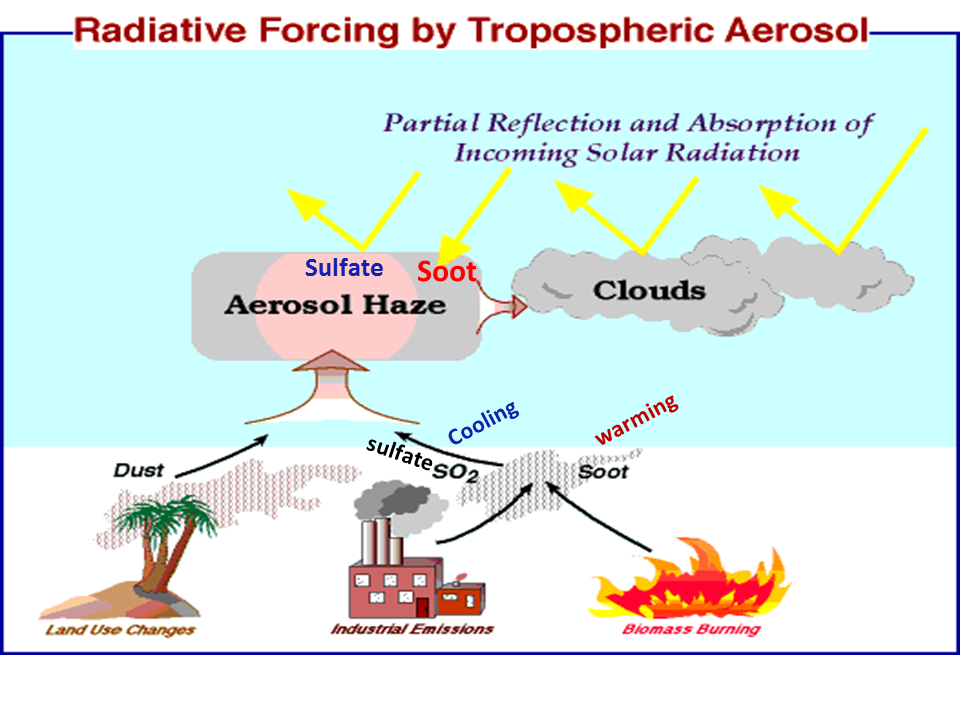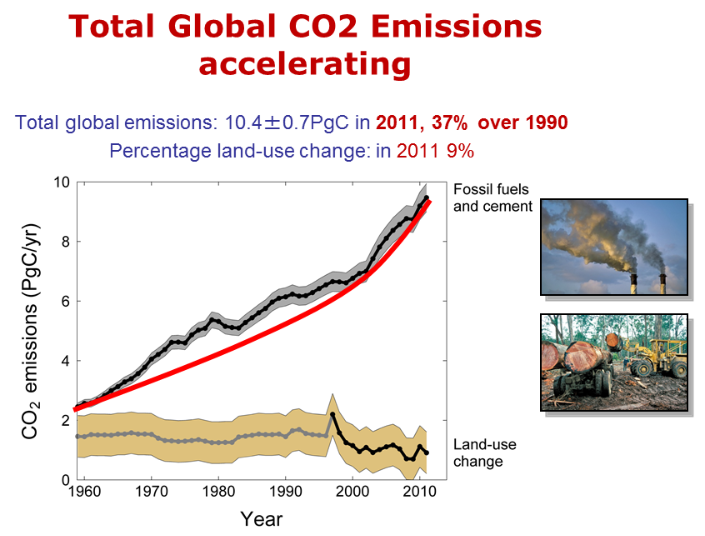Your Company Name And Logo

Climate Change Knowledge
Emissions
The IPCC says that the rate of increase in atmospheric CO2 is unprecedented. That means the same must apply for methane though science does not distant past records for methane like for CO2. It means the rate at which we are adding GHGs to the atmosphere is unprecedented.
The rate at which GHGs are being emitted is still constantly increasing. We are continuing to pour more and more GHGs into the atmosphere instead of less. This is a formula for global suicide, because the GHGs last so long in the atmosphere, and so long as more GHGs are in the atmosphere as compared to the pre-industrial amounts amounts global warming will continue and it lasts for thousands of years.
The rate at which GHGs are being emitted is still constantly increasing. We are continuing to pour more and more GHGs into the atmosphere instead of less. This is a formula for global suicide, because the GHGs last so long in the atmosphere, and so long as more GHGs are in the atmosphere as compared to the pre-industrial amounts amounts global warming will continue and it lasts for thousands of years.
The aim of climate change mitigation is to slow, stop, and reverse the rate of GHG emissions. The 2007 IPCC assessment said we had to do this by 2015 to avoid planetary catastrophe.
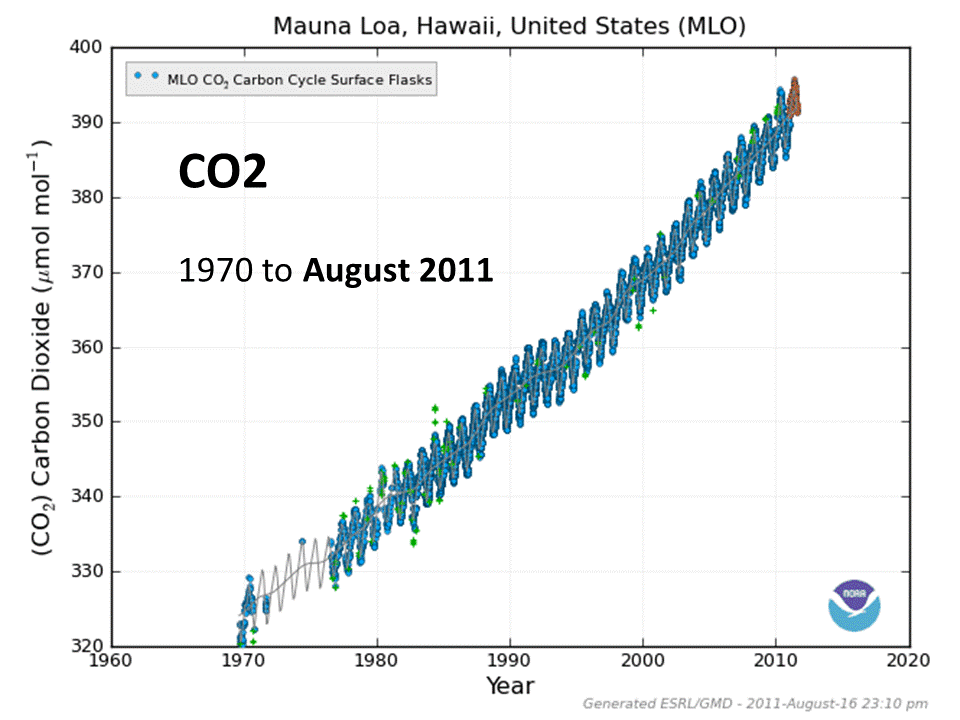
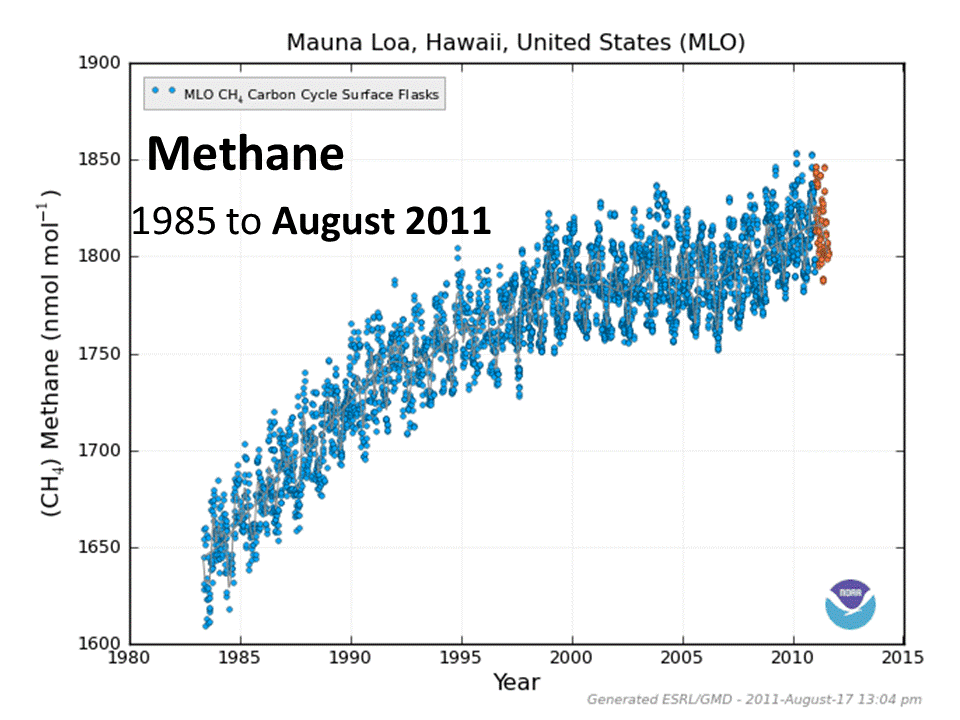
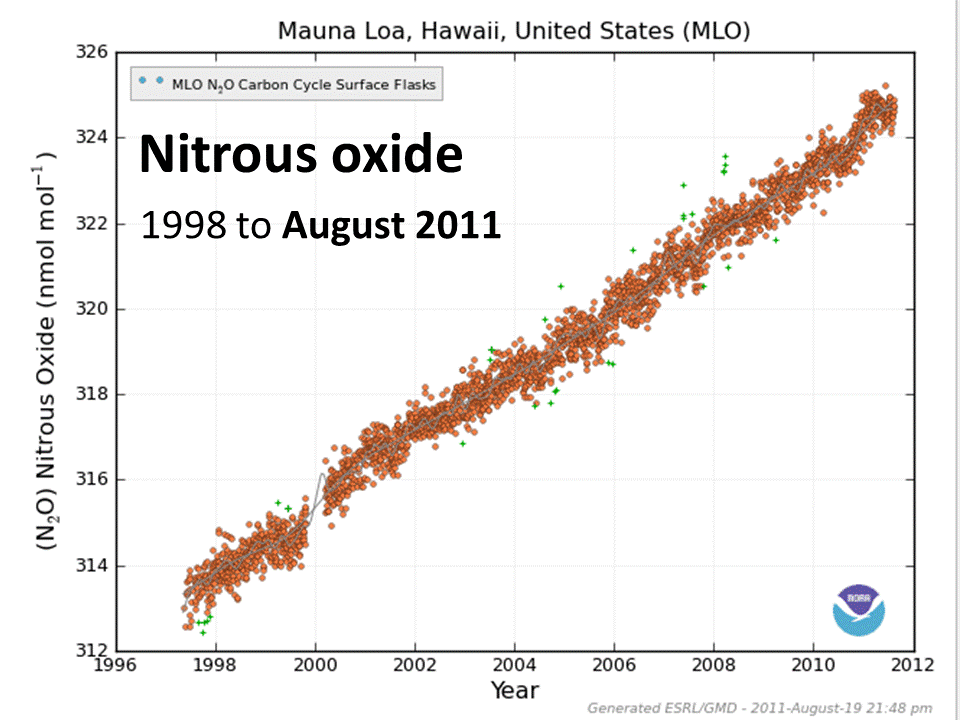
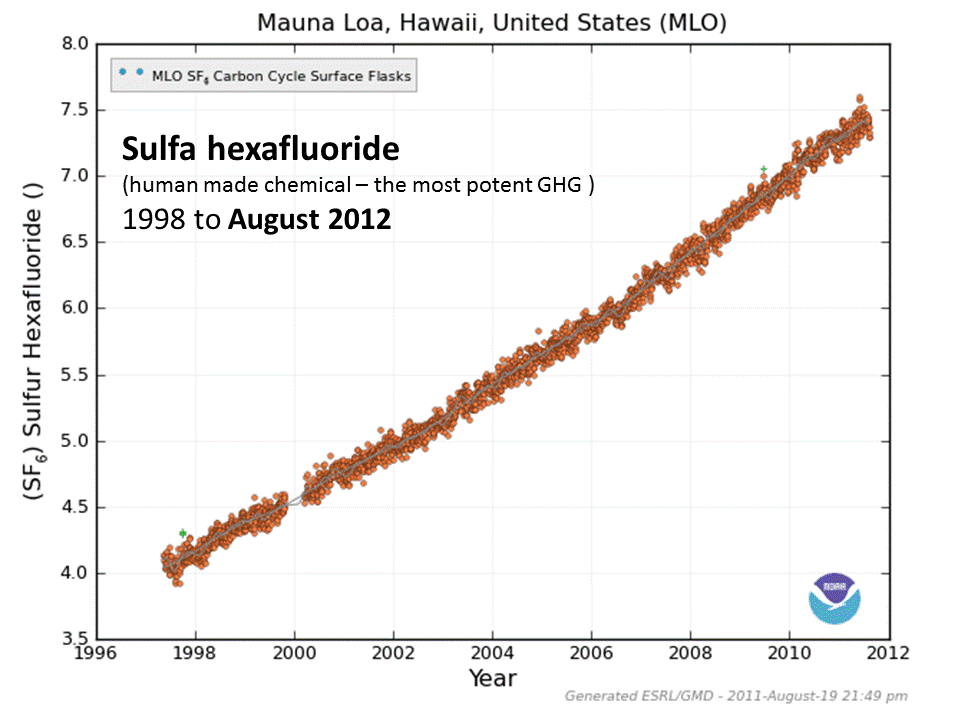
GHG emissions
Atmospheric GHG concentration
(similar time span)
CO2.
Methane
Nitrous oxide
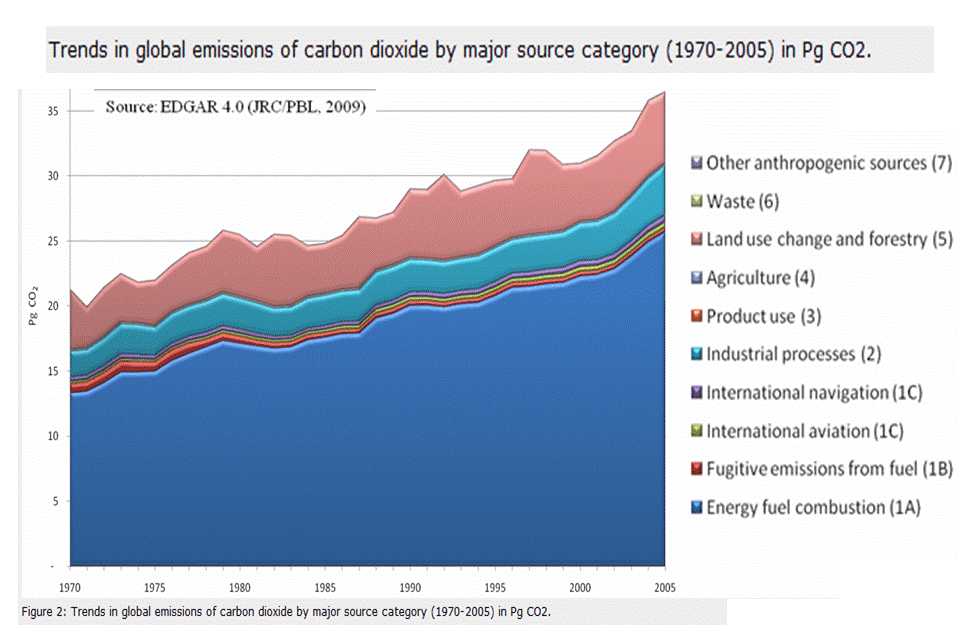
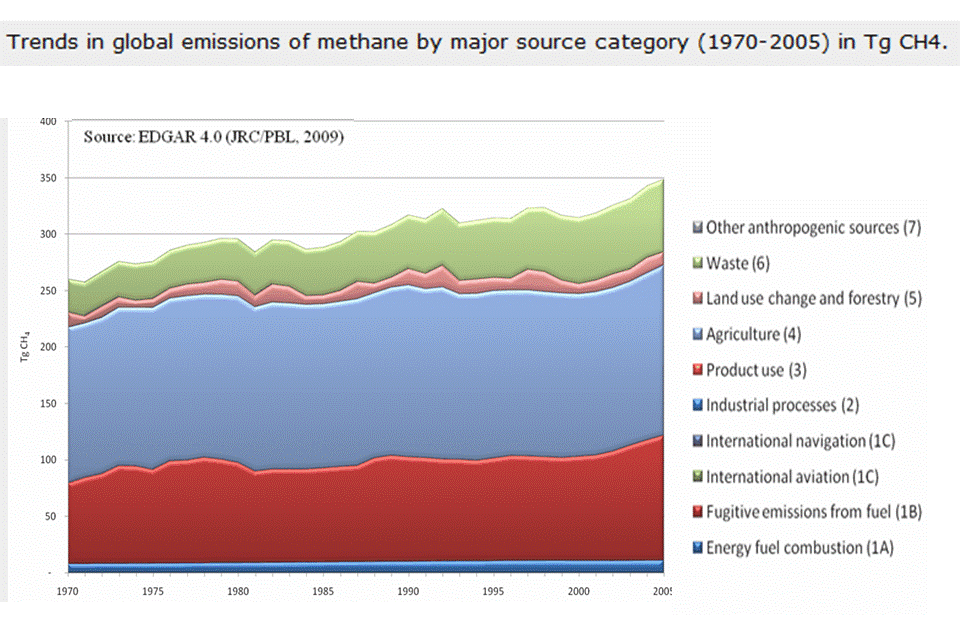
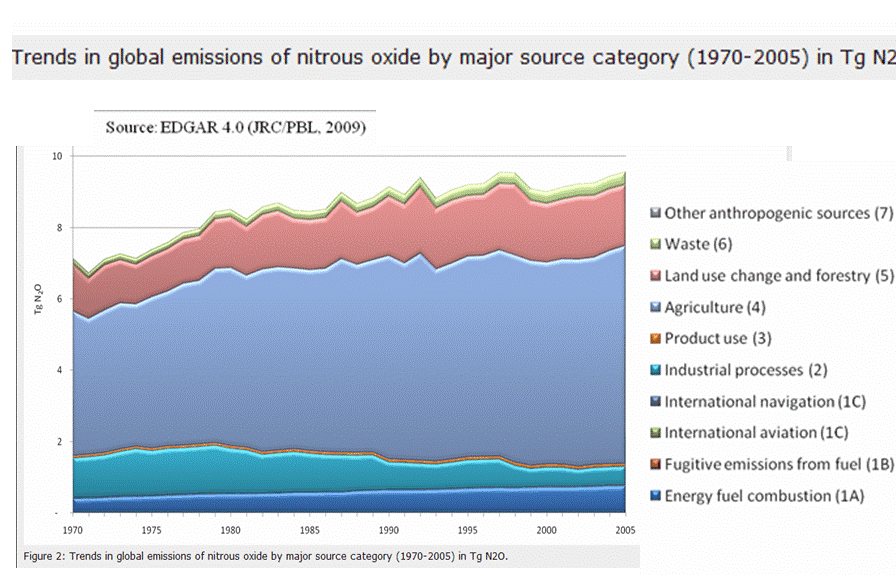
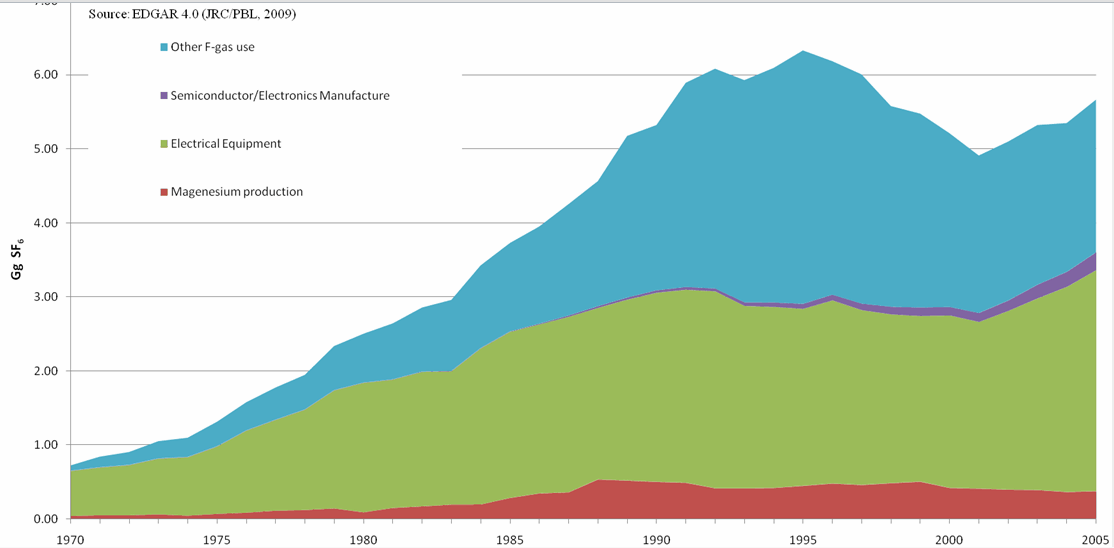
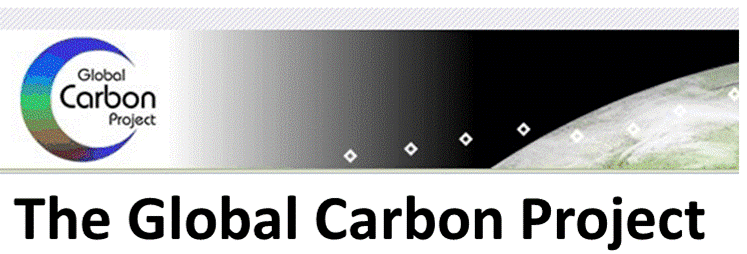
Global Carbon Budget 2012 CO2 emissions from fossil fuels burning and cement production increased by 3% in 2011, with a total of 9.5±0.5 PgC emitted to the atmosphere (34.7 billion tonnes of CO2). These emissions were the highest in human history and 54% higher than in 1990 (the Kyoto Protocol reference year). In 2011, coal burning was responsible for 43% of the total emissions, oil 34%, gas 18%, and cement 5%.
CO2 emissions from fossil fuels burning and cement production are projected to increase by 2.6% in 2012, to a record high of 9.7±0.5 PgC (35.6 billion tonnes of CO2).
CO2 emissions from fossil fuels burning and cement production are projected to increase by 2.6% in 2012, to a record high of 9.7±0.5 PgC (35.6 billion tonnes of CO2).
SF6.
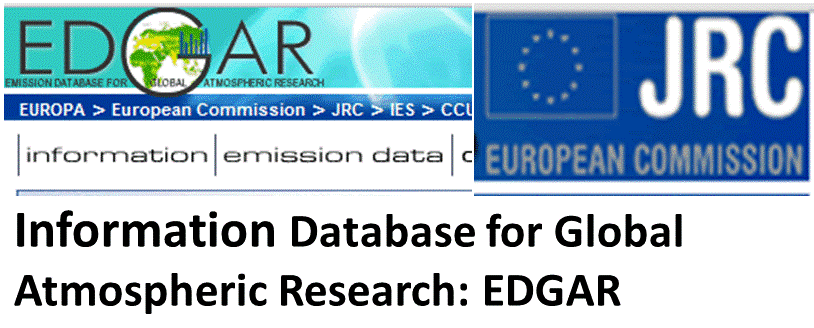
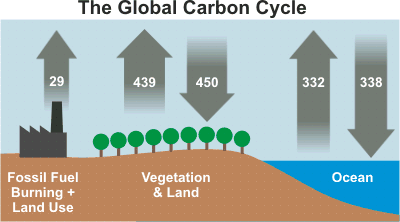
Industrial activities are adding CO2 to the atmosphere about 14,000 times faster than natural processes and that rate is increasing rapidly.

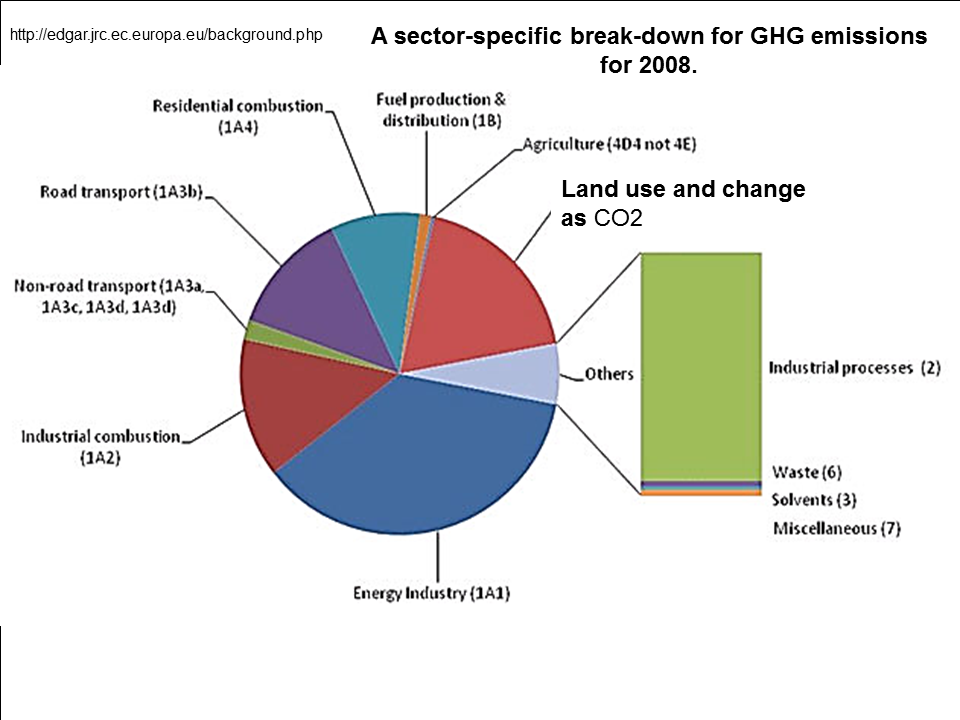
The main source of GHG atmospheric pollution is the burning of fossil fuels for energy that emits molecules of all the main GHGs. Fossil fuels are also the leading source of health damaging air pollution due to the emission of particulates called aerosols by climate science.
NASA explains aerosols.
Black carbon (soot) is a powerful
global warming pollutant, while
acid sulfate has cooling effect.
NASA explains aerosols.
Black carbon (soot) is a powerful
global warming pollutant, while
acid sulfate has cooling effect.
